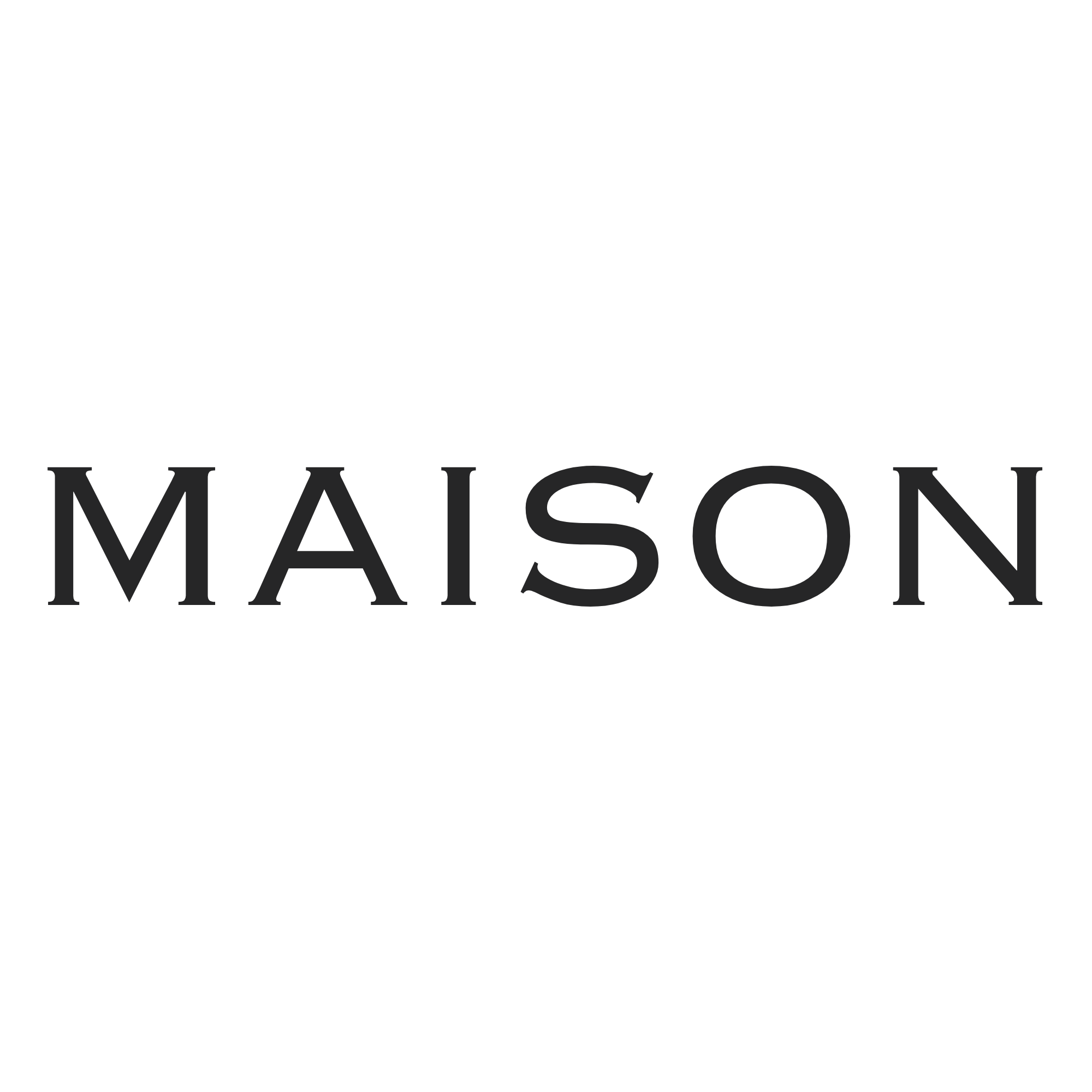Gates of Olympus: Why 4 Scatters Unlock Infinite Potential
Gradients are far more than smooth color transitions—they are silent architects of visual depth, shaping how we perceive space and guide attention within digital environments. By manipulating luminance, gradients create the illusion of volume and dimension in flat interfaces. Luminance contrast, in particular, acts as a visual compass: darker tones pull focus inward, while lighter areas expand perceived space, drawing the eye along a deliberate journey. This principle underpins effective interface design, where strategic contrast directs engagement and enhances usability.
But why four distinct scatter points? They are not random—they embody *balanced complexity*, a metaphor for harmony between order and emergence. Each scatter functions as a symbolic gatekeeper, each representing a foundational element in growth. Just as the 4 points of Olympus’ threshold mark entry into a realm of possibility, these points anchor layered potential in both physical and digital realms.
The Gates of Olympus concept transforms this symbolic threshold into a design framework. Imagine four scattered nodes—gold, purple, blue, and amber—not merely decorative, but functional. Each carries a distinct luminance value, calibrated to contrast sharply yet coexist within a unified visual field. This echoes the RTP (Release Theory Probability) simulations at 10 million spins, where controlled randomness generates depth and narrative momentum. The contrast ratio—Gold (#FFD700) and Purple (#800080) at 8:1—meets WCAG AAA accessibility standards, ensuring clarity without sacrificing aesthetic power.
| Contrast Ratio Requirement | WCAG AAA standard: 8:1 (Gold #FFD700 vs Purple #800080) |
|---|---|
| Luminance Contrast | Enables spatial depth perception in 2D interfaces |
| Design Balance | Prevents visual overload while reinforcing focus |
The Gates of Olympus analogy reframes scatter points as narrative anchors—gateways between chaos and order. In digital design, these points are not arbitrary; they reflect intentional layering. Minimum 10 million simulated spins inspire organic, meaningful scatter density, avoiding forced patterns. Each color’s luminance interacts with adjacent elements, balancing visual weight and sustaining narrative momentum.
Why four? This number reflects equilibrium: too few dilute impact, too many fragment attention. Four scatter points mirror the four elements, the four seasons, or balanced design grids—structured yet dynamic. Visually, gold and purple scatter like beacons, their high luminance contrasting against subtler tones, drawing the eye through depth gradients.
This model transcends Gates of Olympus—it’s a framework for unlocking potential. Apply four-scatter logic to user experience: place key features at intentional nodes, use luminance contrast to highlight pathways, and balance complexity with clarity. Designers can identify their own “gates” and scatter points as anchors of growth, storytelling, and innovation.
Accessibility and beauty are not opposites—they coexist through precise contrast. The golden and purple scatter points exemplify this: both radiate intensity and harmony, guiding the viewer with quiet authority. Like the threshold of Olympus, these design elements invite entry into a world where depth, contrast, and balance unlock infinite possibility.
“In the threshold of myth, the scatter is the key—each point a promise of what lies beyond.”



Leave a Reply